36MM Trees Lost in US Yearly - Act Now
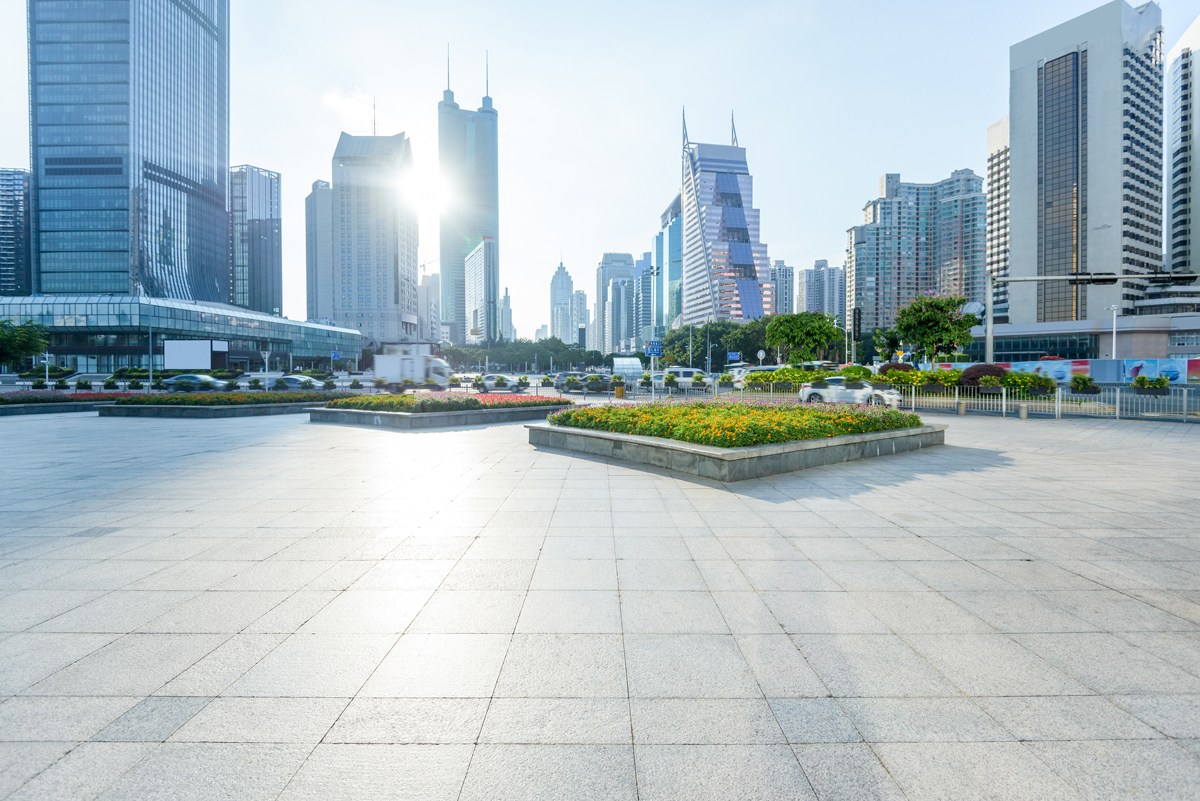
The canopy of trees sheltering the United States is disappearing at an alarming rate. Trees are excessively being replaced by exposed surfaces, pavements, and roofs. Fires, droughts, insects, disease, tornadoes, and hurricanes are some of the reasons, but the one-factor humans can control is in sensible planning and construction.
More than 80% of the US population lives in urban areas.
In a study published by the US Forest Service, our country has declined by 36 million trees per year in urban and rural communities in a span over a five-year period. David Nowak, the co-author of the study, says if this change continues, "cities will become warmer, more polluted and generally more unhealthy for inhabitants."
"Every time we put a road down, we put a building and we cut a tree or add a tree, it not only affects that site but it also affects the region." - David Nowak
TLDR Highlights
• The United States has lost 36 million trees per year in urban and rural communities in a span over a 5-year period resulting in critical climate changes. • Cities have the power to change their own weather through installing shade, planting and caring for trees. • One tree not only affects that site but the entire region. • Without shade, impervious surfaces store heat energy causing an Urban Heat Island compromising human health and comfort, pollutions, and water quality. • Positive Advantages of Trees for Humans: Reduces heat, deflects sound pollution, promotes health, reduces flooding, cleans pollutions, lessens energy emissions, improves water quality, beautifies landscape, provide shelter for wildlife. • Positive Advantages of Trees for Dairy Cattle: Increases milk production, weight gain, breeding efficiency, and lowers aggression. • To Gain the Full Benefit of Trees: Close to 1/2 of the surface to be cooled should have dappled shade coverage. • Municipal officials cannot do it alone. It will take a community of homeowners growing and caring for trees and/or installing shade shelters. • HOW YOU CAN HELP: Grow trees on your property. Do not remove older trees unless it is imperative. Inspect your trees. Plant or install shade shelters.
"Cities need to realize that they have the power to change their own weather." - Professor Brian Stone, Jr. - Georgia's City and Regional Planning Tech School
Noise levels, pollution emissions, human comfort and health, social well-being, ozone production, building energy use, are all influenced by trees - mother nature's air conditioners.
According to a recent study published in the Proceedings of the National Academy of Sciences, the shade of a single tree can lower the summer daytime temperatures in the by as much as 10°F.
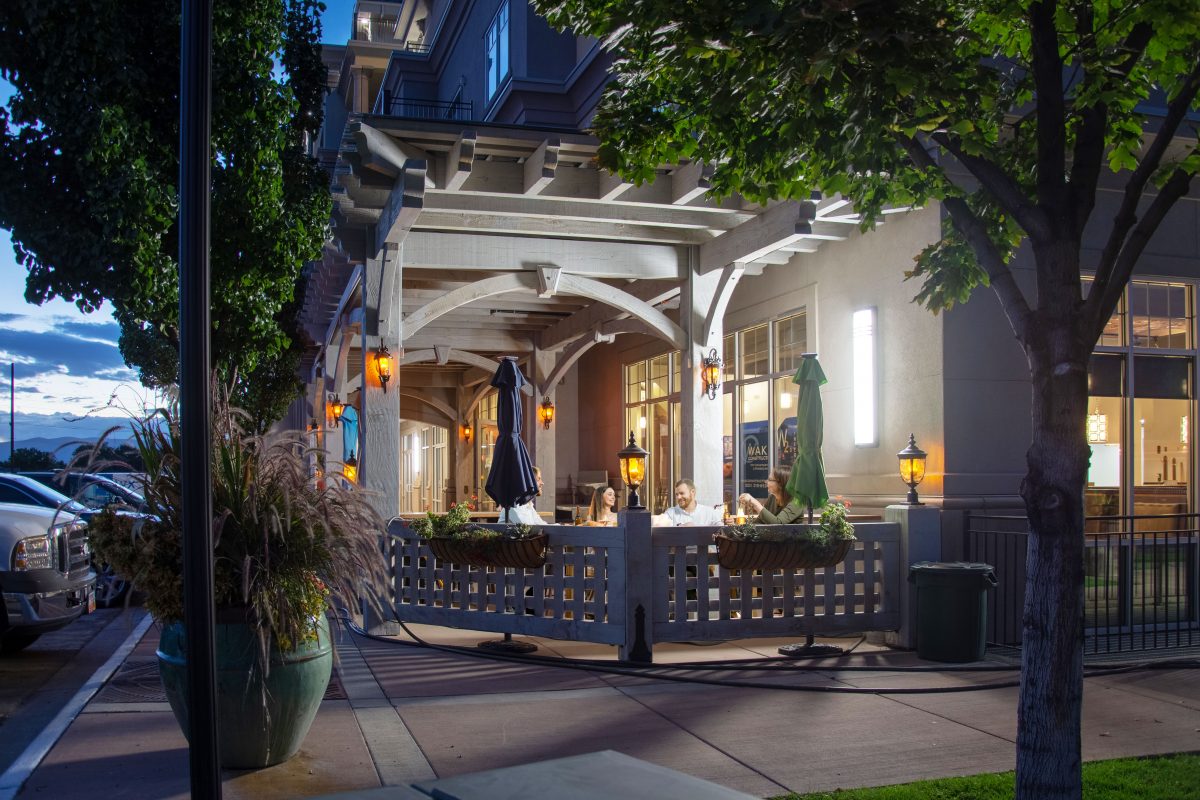
Generally, studies focused on what is known as the "urban heat island" effect use satellites to read the ground surface temperature or measure the air temperature.
In this particular study of the National Academy of Sciences, Carly Ziter, the lead author says they investigated ground surface temperature readings on a finite scale, "where we live our daily lives within the city."
They measured air temperatures in and outside cities. Their conclusion: To get the complete benefit of trees, shade for homes, buildings, and parks to cool surface temperature sufficiently, nearly half of the area to be cooled should be covered.
What is the Urban Heat Island Effect?
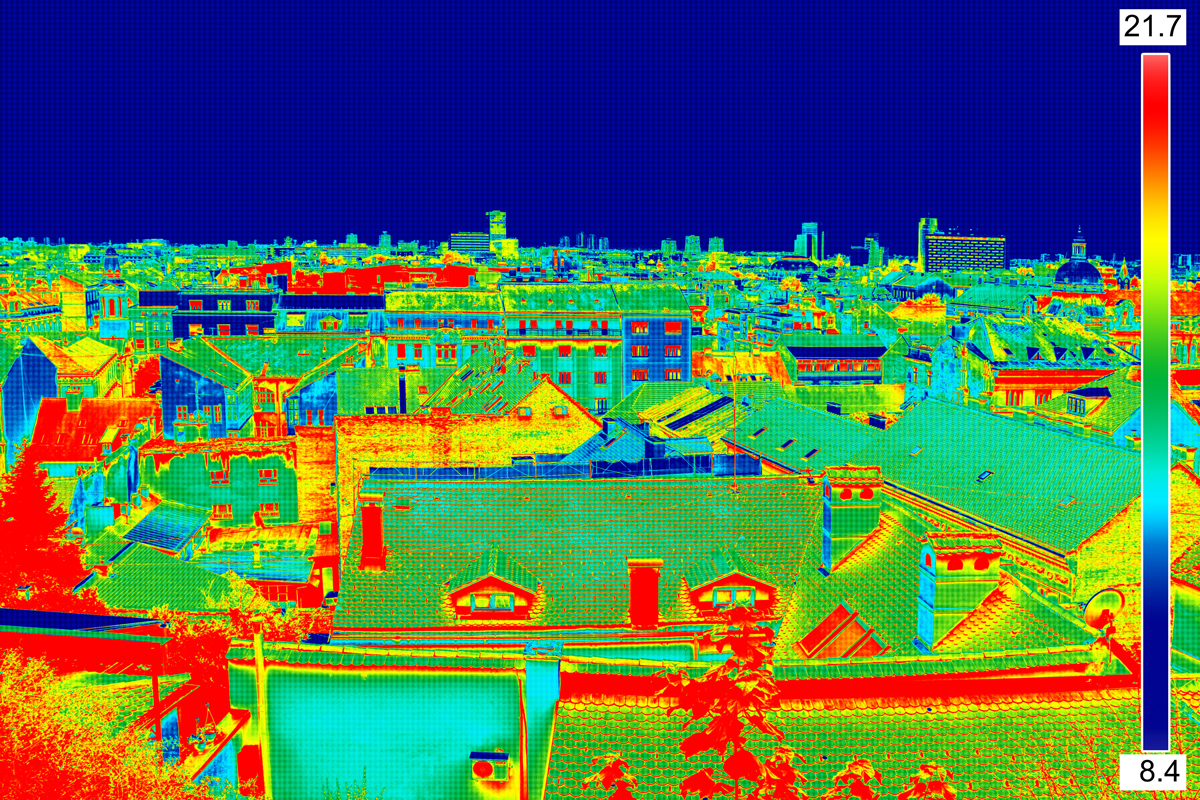 Urban and suburban environments experience elevated temperatures than its rural surroundings; the comparatively higher temperatures is what constitutes an #UrbanHeatIsland.
Urban and suburban environments experience elevated temperatures than its rural surroundings; the comparatively higher temperatures is what constitutes an #UrbanHeatIsland.
Populated built-up areas without adequate natural materials or vegetation commonly result in warmer temperatures than its rural surroundings. Larger cities have an even greater increase in temperature difference.
On sweltry summer days, dark asphalt, brick surfaces, and rooftops can be 50°F to 90°F hotter than the air, while in contrast in places where there the surface is covered by trees or timber shade, the surface remains close to air temperatures. The impervious surfaces store the heat energy and release it into the air during the night. This creates an unnatural temperature for the setting. In more condensed urban areas heat is readily trapped in the canyons of narrow streets increasing the discomfort.
The air temperatures where there is less shade, particularly after sunset, can be as much as 22°F warmer than in less developed areas. Surfaces elevated in temperature contribute to these atmospheric urban heat islands and can affect the environment and a community's quality of life. Some of the negative impacts include:
Energy utilization goes up; More air pollution; Increased greenhouse gases; #HumanHealth is affected; Quality of water goes down; and Comfort is compromised.
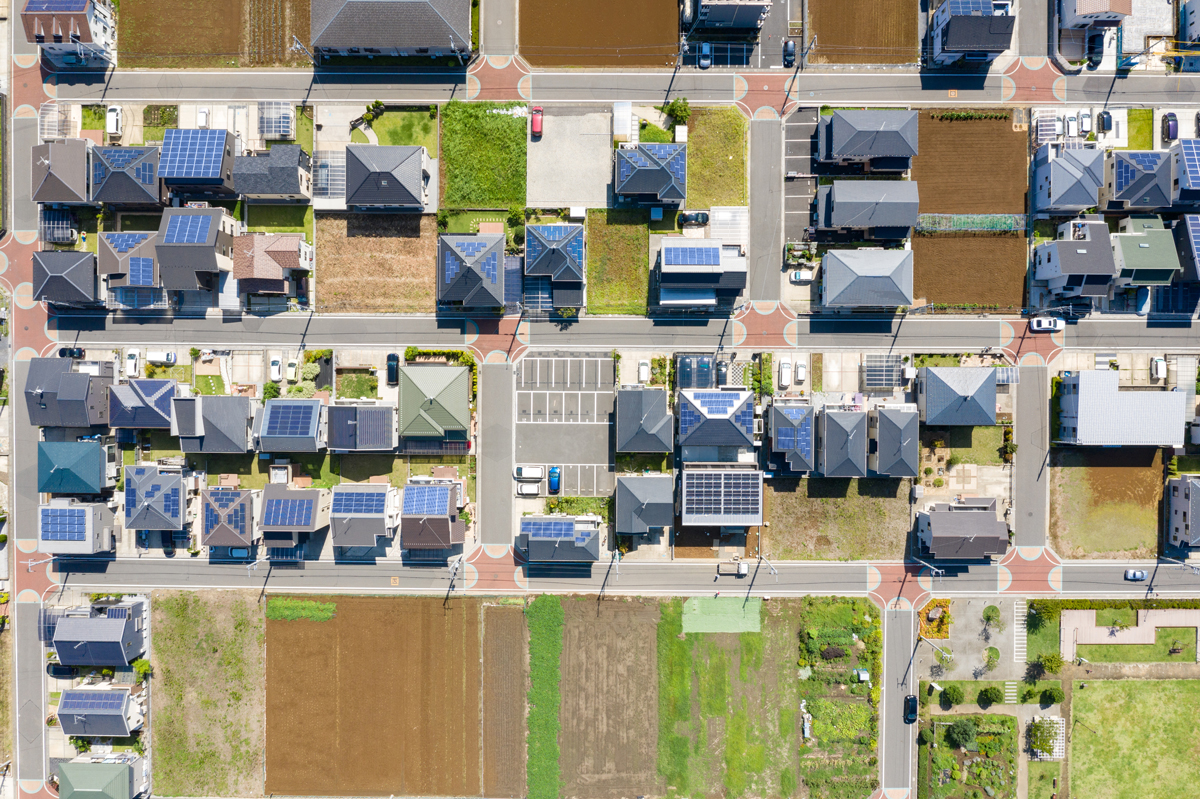
Shade is our Elysium
Americas Architect - and third President of the United States -Thomas Jefferson, designed and created a U-shaped connection of pavilions for the University of Virginia. He once wrote in a letter that the sun beaming down on America is far different than England’s sunless climate.
It is best to quote Jefferson in his own eloquent words: "under the beaming, constant and almost vertical sun of Virginia, shade is our Elysium, our abode, our state of ideal happiness, our paradise. In the absence of shade no beauty of the eye can be enjoyed."
Positive Advantages of Trees
Reduce Heat: Shade can easily be taken for granted. Not all shade is the same. Trees or timber from trees reduces the effects of heat. The atmospheric thermodynamics of shade is largely varied in its degree of relief from the sun. The material that blocks the heat of the sun is key to pristine shade. Trees or timber from trees is the only material that naturally regulates temperatures to cool off in the heat and warm up in the cold and is native to outdoor ecosystems.
Deflects Sound Pollution: Trees deflect sound waves through the process of reflection and absorption. Lining trees along fences and highways can create a quieter neighborhood. Larger leaves are the most efficient in deflecting the noise. Leaves blowing in the wind is sound as well, but it is nature’s music thas has been shown to have psychological benefits.
Promotes Human Health: Researchers are repeatedly finding evidence to support how nature - and particularly trees - improve our mental and physical health. Trees support relaxation and reduce stress.
Reduces Flooding: Trees absorb water and can slow down about 35% run-off of stormwater. This means fewer costs in maintaining and repair of sewage systems.
Cleans pollutions: Trees absorb odors, remove pollutants such as nitrogen oxides, sulfur dioxides, ammonia, and ozone, filtering and refreshing for a cleaner atmosphere.
Lessens Energy Emissions: With trees, there is less use of electrical power and emissions from the combustion of waste materials. "The shading of those trees on buildings reduce your air conditioning costs. Take those trees away; now your buildings are heating up, you're running your air conditioning more, and you're burning more fuel from the power plants, so the pollution and emissions go up." - David Nowark of the USDA Forest Service, Northern Research Station.
Water Quality Is Improved: Trees are a vital part of every infrastructure, whether it is an urban, suburban or rural area. They are designed by nature to filter and clean water.
Habitat for Wildlife: Trees gives shelter, #shade, and food for birds and other small animals. They provide an ideal environment for a variety of plants and flowers to flourish.
Beautifies Landscape: Trees can create a beautiful and neat appearance, improving the looks and value of a property.
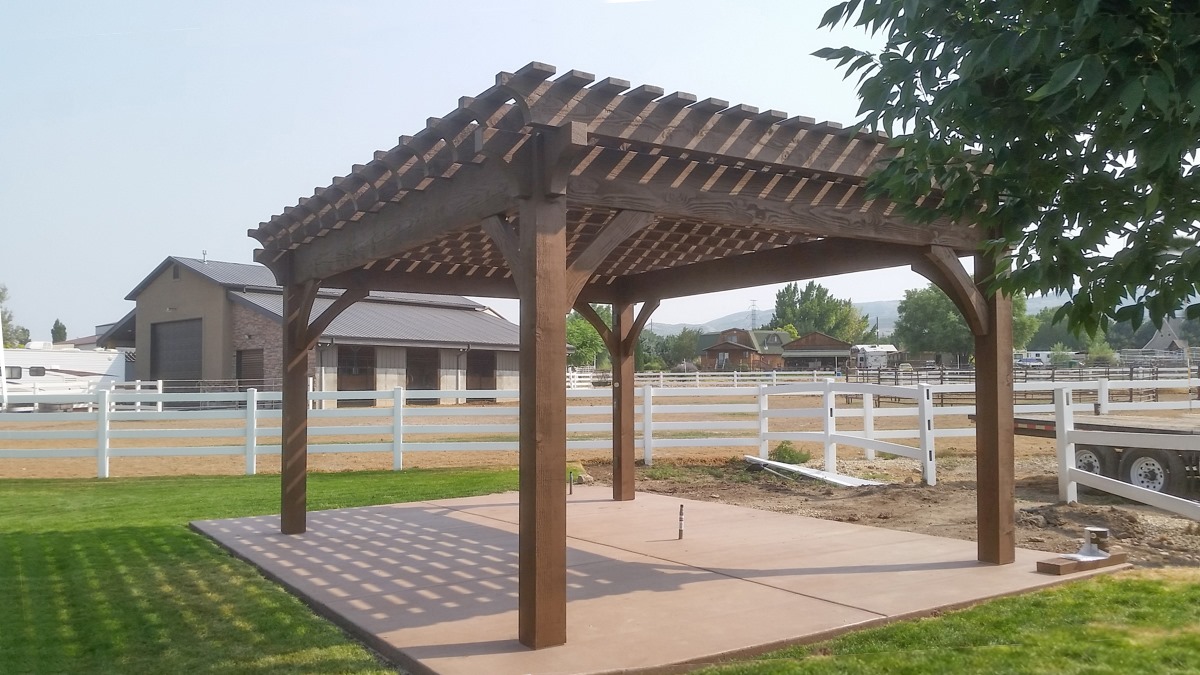
It Pays to Shade Dairy Cattle
When dairy cattle are provided with shade, it pays. Studies have shown that cows who are heat-stressed are influenced in their behavior and physiology. When they are shade deprived, they will eat less and gain less weight; it also reduces breeding efficiency and lowers milk production. Shade also affects dairy cattle mortality. When given sufficient shade, cows are less aggressive towards other cattle.
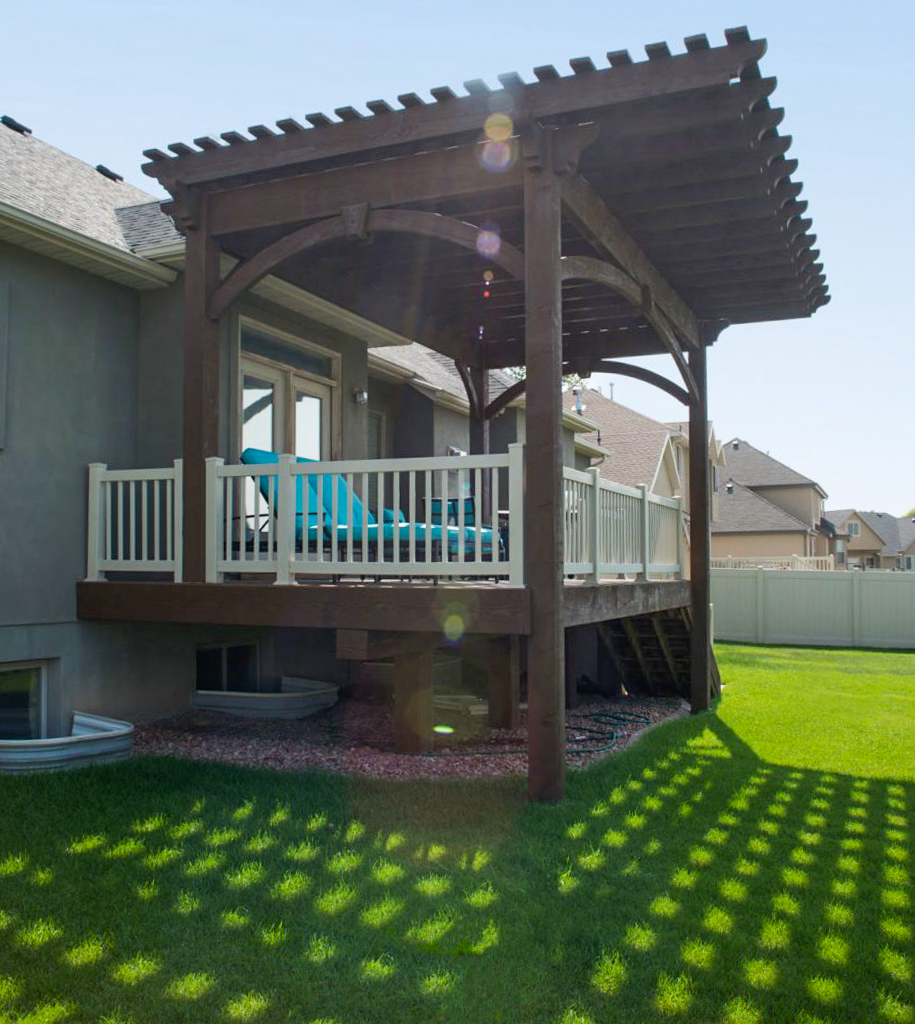
It Can't Be Done Alone
Trees do cost to maintain and require watering. Yet, the impact of the urban heat island effect has caused an influx of cities planners to pick up the pace, implementing smarter ways to grow and increase the tree population. It isn't something a city can do alone. It will take a community of people each doing their part to build and protect for a greener, shady, and healthier environment.
TREES HELP TO HEAL Study reveals patients who view trees from their windows heal faster and have fewer complications.
How You Can Help
Grow trees on your property: Trees are an inexpensive way to cool your yard, reduce noise, and lower your energy bills.
Do not remove older trees unless it is imperative: Trees take years to grow but once they are deep-rooted they can live long. Replanting takes quite a length of time to grow.
Inspect your tree: Discolored leaves, dead branches or mushrooms growing at the base of the trunk can signal that the tree is having issues. You can educate yourself about tree care. Sites such as TreesAreGood.org offer free educational information in how to properly care for trees in an urban environment, or you can hire an arborist to help.
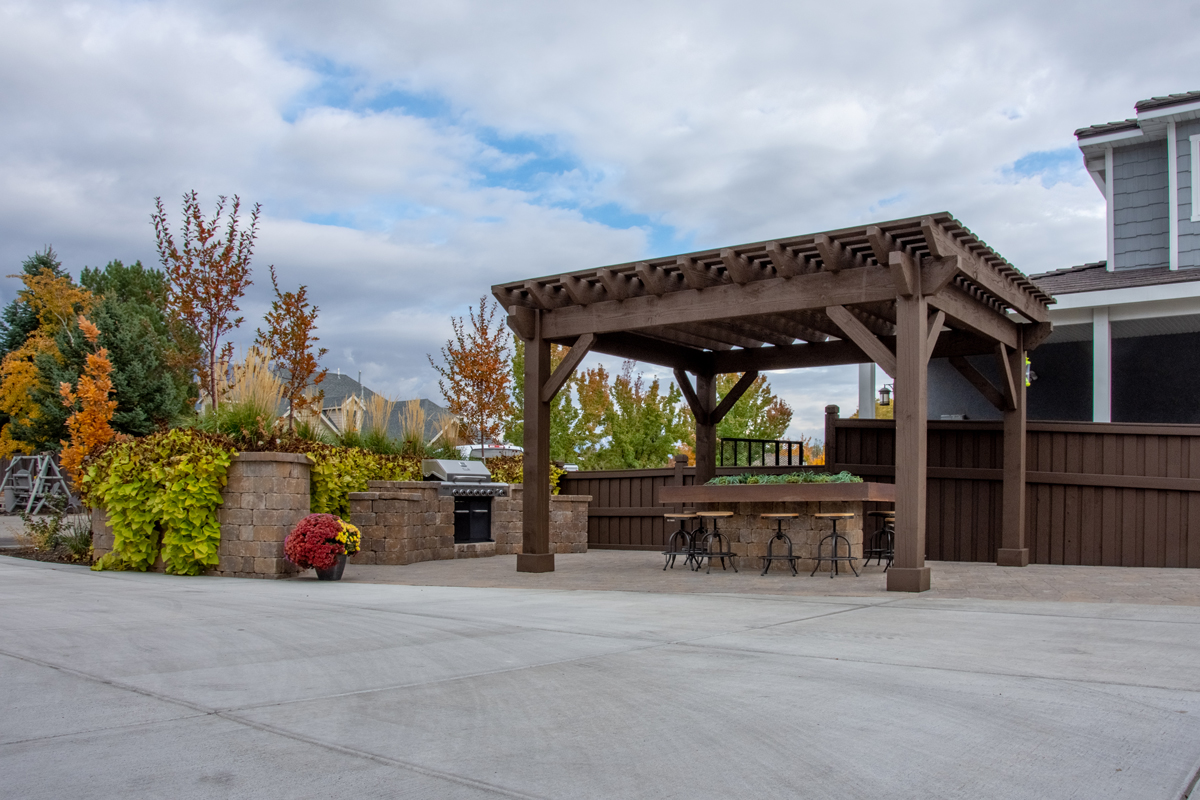
Create Shade: In places where trees are not an option, you can build or install more shade close to your home with a #TimberShadeShelter from sustainable, renewable sources.
Plant or Create Shade
From species to species, trees will vary in the amount of shade it provides. #ShadeTrees are one of the best investments you can make in your landscape. There are also many factors to consider, the hardiness zone, or which tree is suitable for your planting site. A good shade tree should provide, on average, 85% dappled shade coverage.
Strategically placing three trees or four around a single-family home can cut air conditioning costs bu up to 50%. Trees are not always practical close to a building or home. #MassTimber attached or free-standing #pergolas, #pavilions, or #gazebos can give shade coverage where trees are not viable.
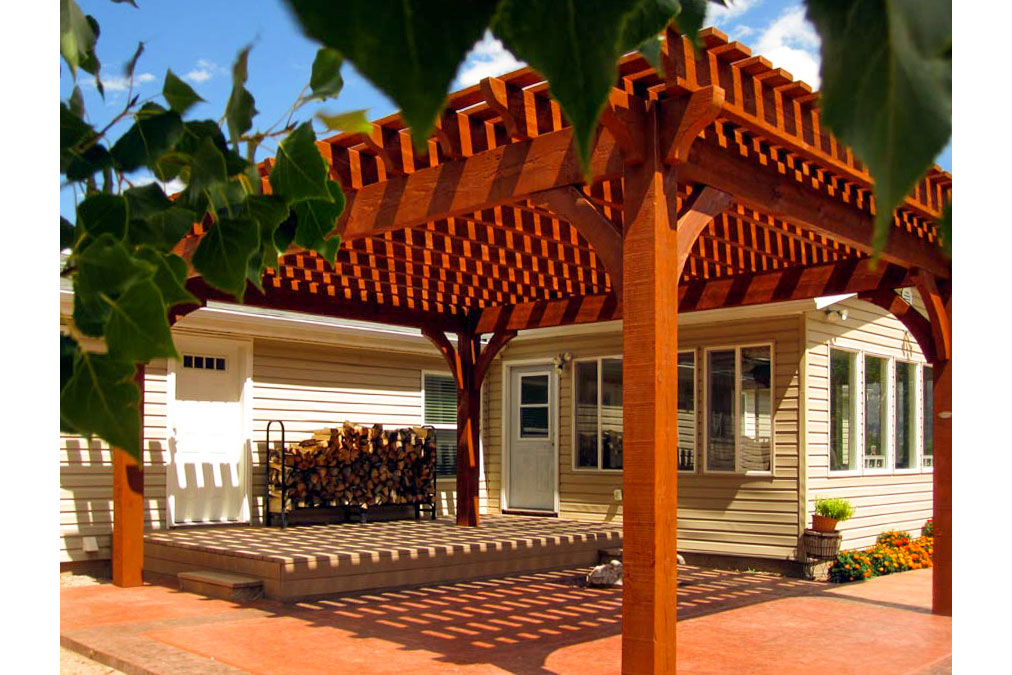
Measuring Air Temperature
Demonstrating how well trees can cool the air, in practice, can be difficult.
It may seem that the easiest way to show how well trees cool us down would be to measure the temperature of the air in two close locations - one shaded and one unshaded - at the same height from the ground. An example of two locations could be the air beneath large, leafy park trees and the air above an adjacent, heat exposed street. Then compare the air temperatures of the two areas.
This method, however, wouldn't give very impressive results. The air temperatures will be either the same or at most, a 1.8 °F differentiation. When nighttime falls, take the same comparative test again, and the outcome would be even more disappointing. The air beneath the trees will actually feel warmer than the air over the street.
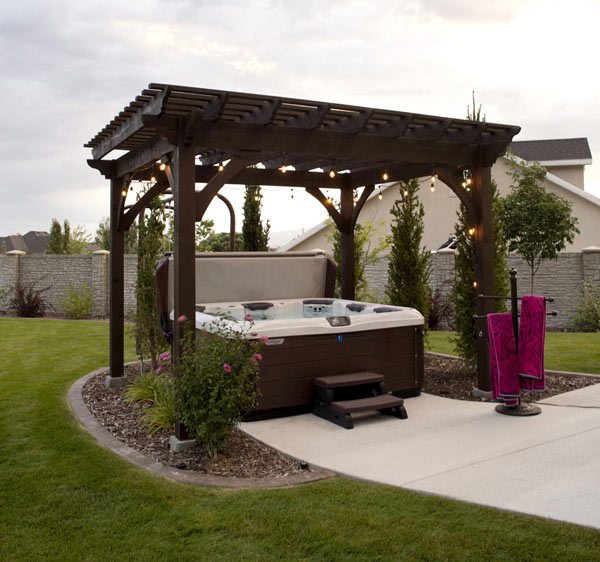
The air temperature in the shade or in the sun will usually give the same thermal reading or usually within 1.8°F. It is the radiation from the sun that causes our bodies to feel hot. Generally, solar radiation will cause the air to feel 10°F to 15°F warmer than it is.
Wind and water are also factors that come into play and effect how warm or cool we feel.
It seems like a contradiction but it is a matter of heat flow physics. The earth’s primary source of energy is derived directly or indirectly from the sun. The sunlight warms the earth at an optimal temperature that can sustain life. Sunshine gives us energy and is wonderful, yet too much sun can get uncomfortable and also drain us of energy.
How warm we feel is more dependent upon the electromagnetic radiation we absorb and emit from our surroundings and less on the temperature of the air.
Shading up to 85% of the sun's UV rays is ideal to prevent impervious surfaces from heating up, also reducing air temperatures. When the ground is cooled and the body transpires water and it feels cooler.
Trees and timber are natural and extremely effective insulators. Solid wood retains heat during the daytime and releases heat at night and is four hundred times warmer than steel. Timber will be cooling in the summer and warming in the winter.
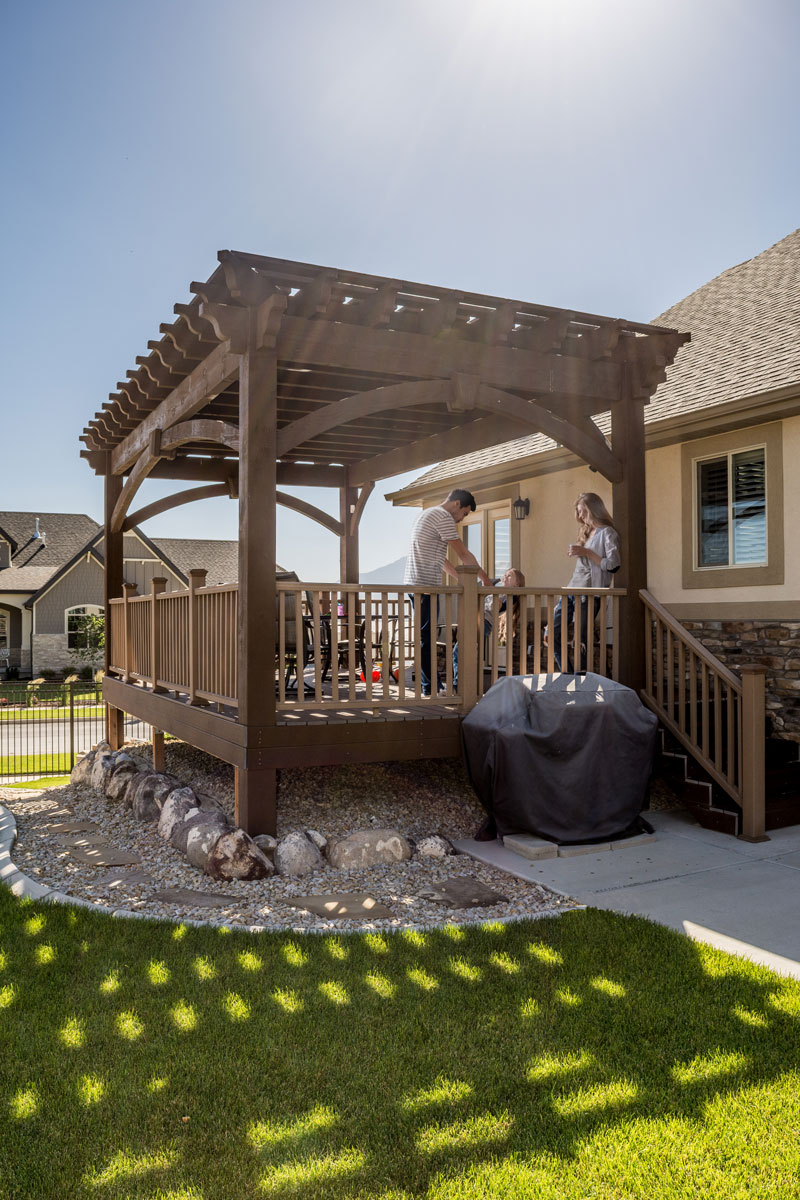
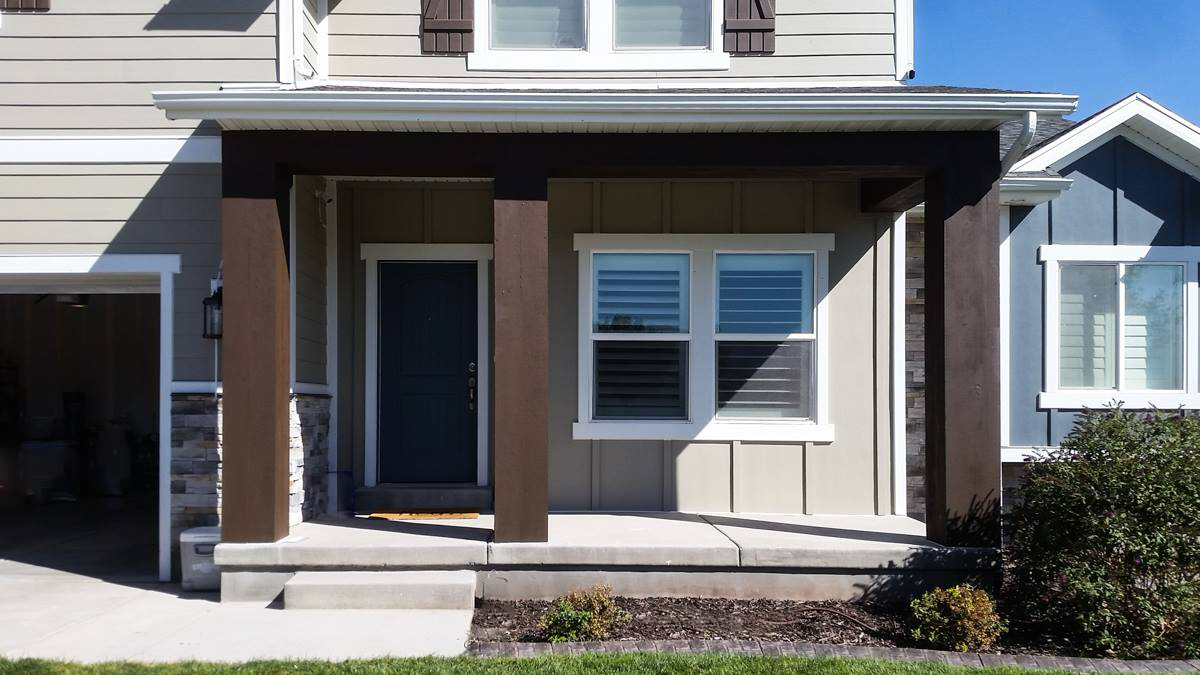
Shade cools external walls of buildings and reduces the penetration of solar radiation through windows. Investigations of model studies have shown that shade from timber can reduce the cost of air conditioning by 20 to 30%.
Wood, Nature's Best Insulator
Timber creates a condition for comfort. Wood by nature is the world’s best insulator and is a poor conductor of heat. The more mass it has the better it insulates against heat and warms in the cold. In the heat of the day, wood will absorb the heat from the air and at night when the temperatures lower, the timber lets out heat to keep a natural balance of temperature.
Wood can carry two temperatures at the same time on either side. A timber frame pergola is unrivaled in strength, comfort, and quality. Best of all, a #TimberFramePergola is earth-friendly as well as being human-friendly.
Planting trees with accountability and expertise is a not simply a springboard to the succeeding generation of forests; at Western Timber Frame™ successful reforestation is taking a lead in our responsibility as caretakers of our earth. Our approach is that we leave everything better than how we found it. This is why we have 50+ trees planted for every average size pergola we do! All of the timber we harvest is sustainable and renewable timber.
Without trees and proper shade coverage, daytime temperatures increase, the nights don’t cool down, and there are higher levels of pollutants that can affect human health. Urban heat islands exacerbate abnormally hot heat-waves and contribute to respiratory difficulties, heat cramps, heat-stroke, exhaustion, and heat-related mortality.
Excessive heat and dramatic temperature increases can be dangerous but heat-related illnesses and deaths are for the most part, preventable. Everyone who grows trees, providing coverage or shade creates a better world for everyone.
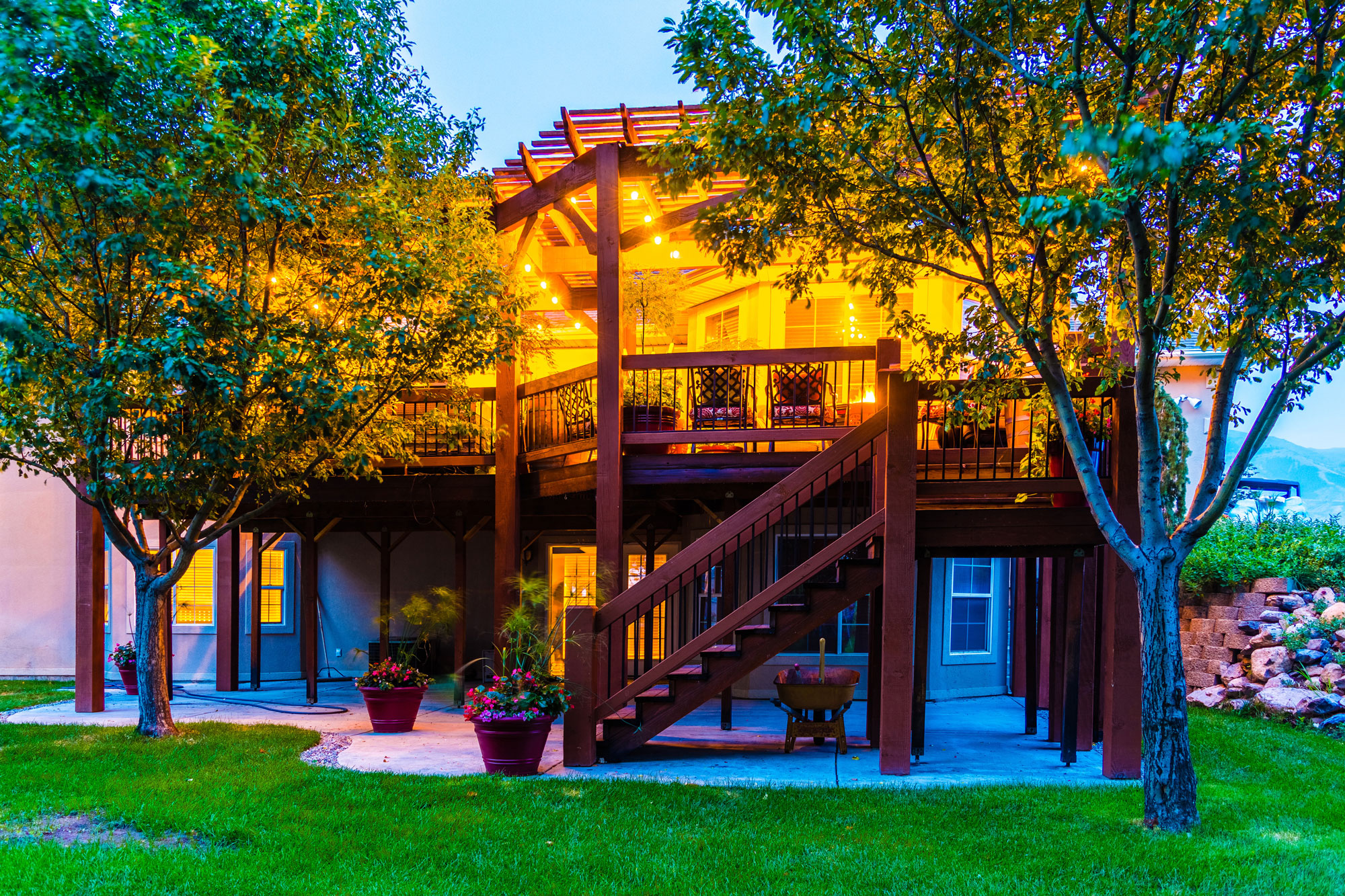
"The true meaning of life is to plant trees, under whose shade you do not expect to sit." - Nelson Henderson, Farmer
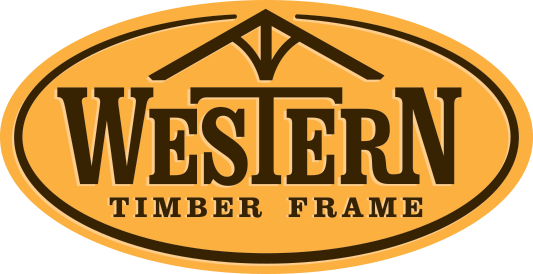


Leave a Comment